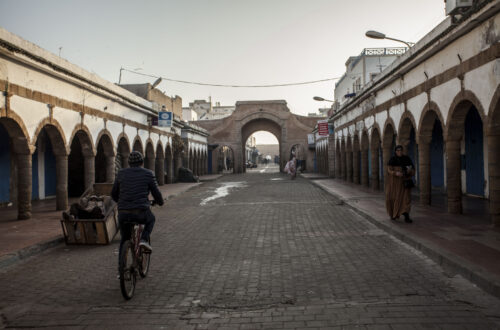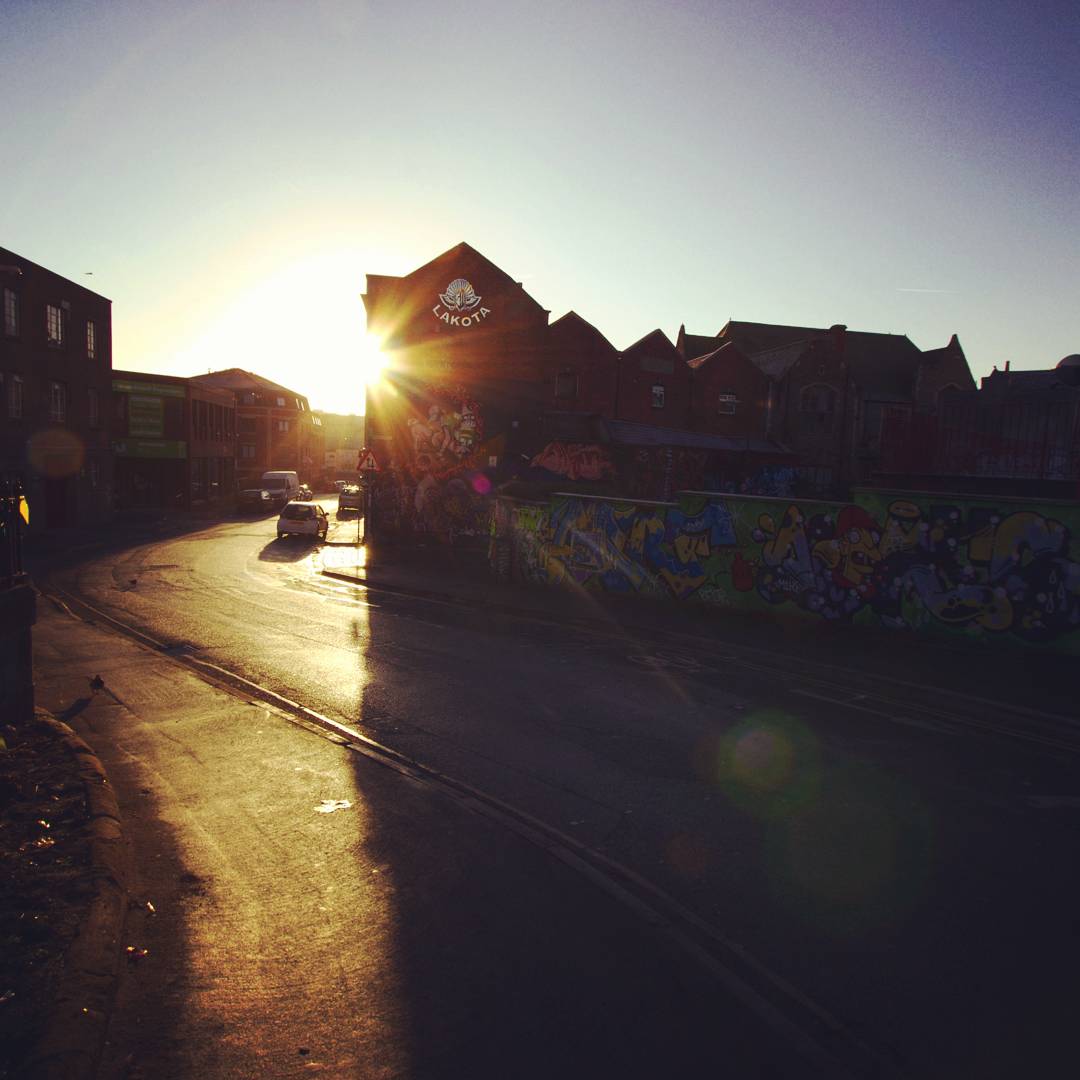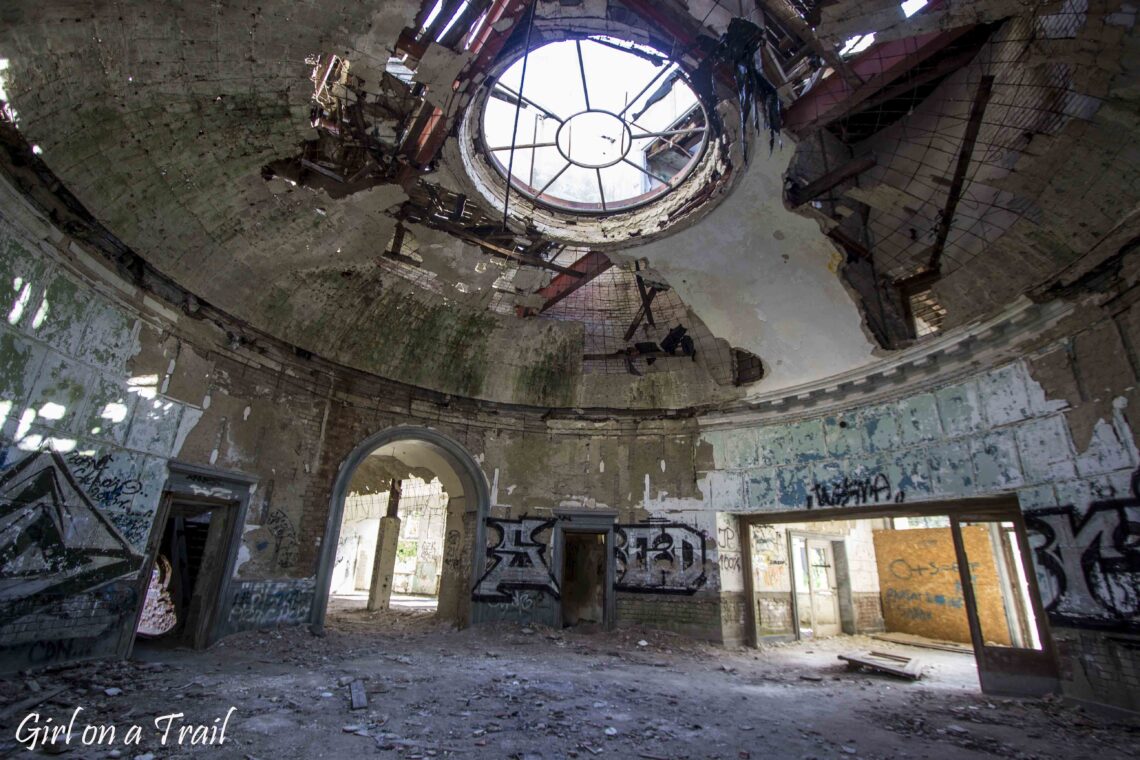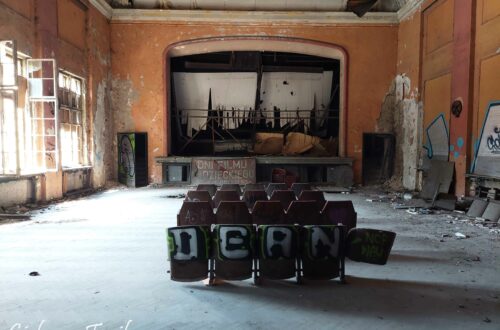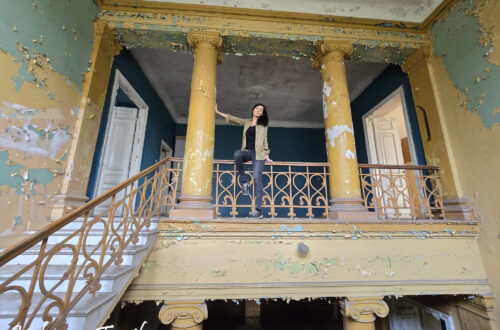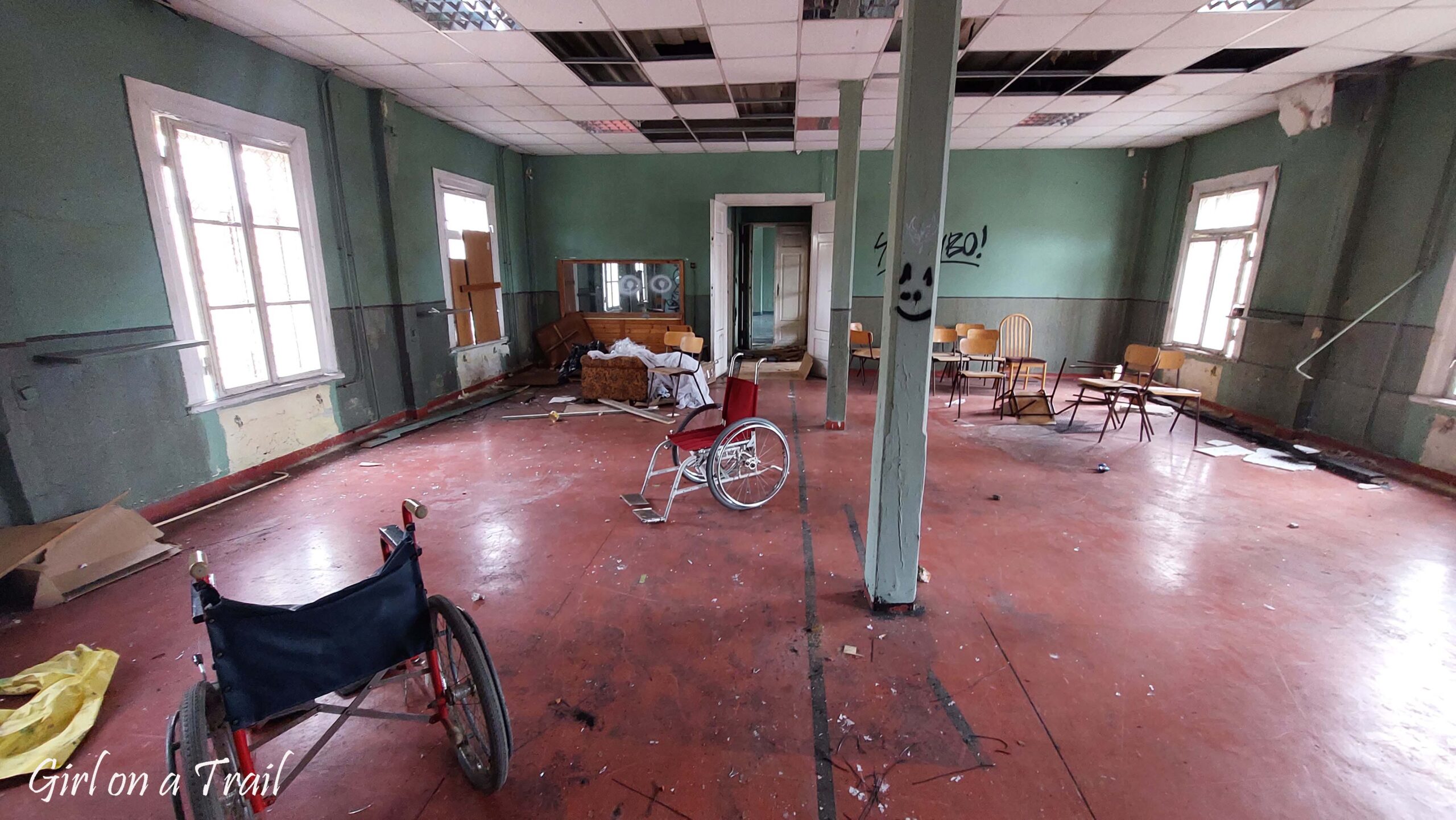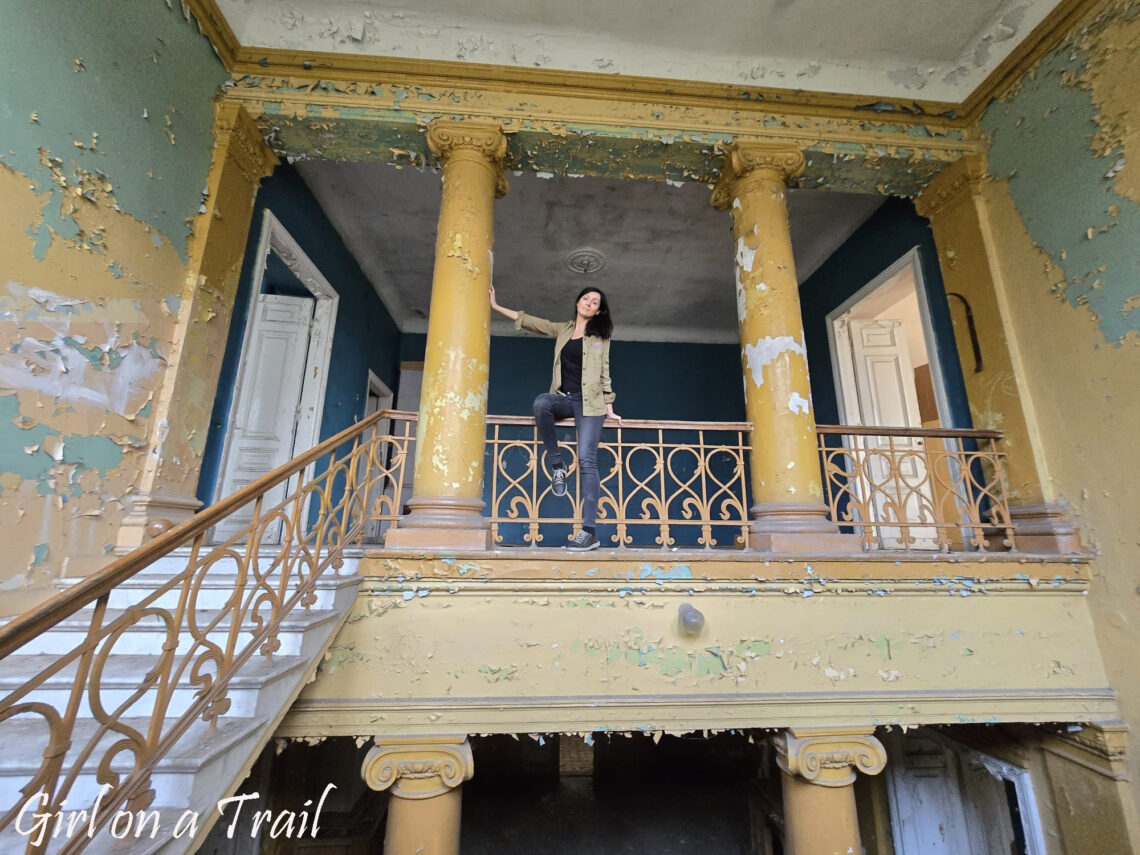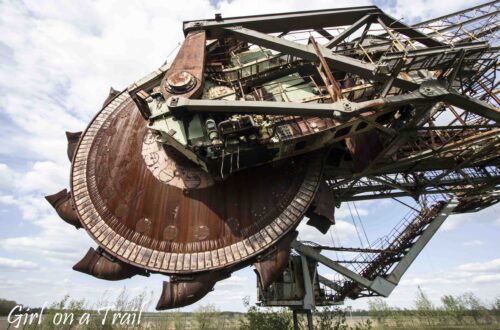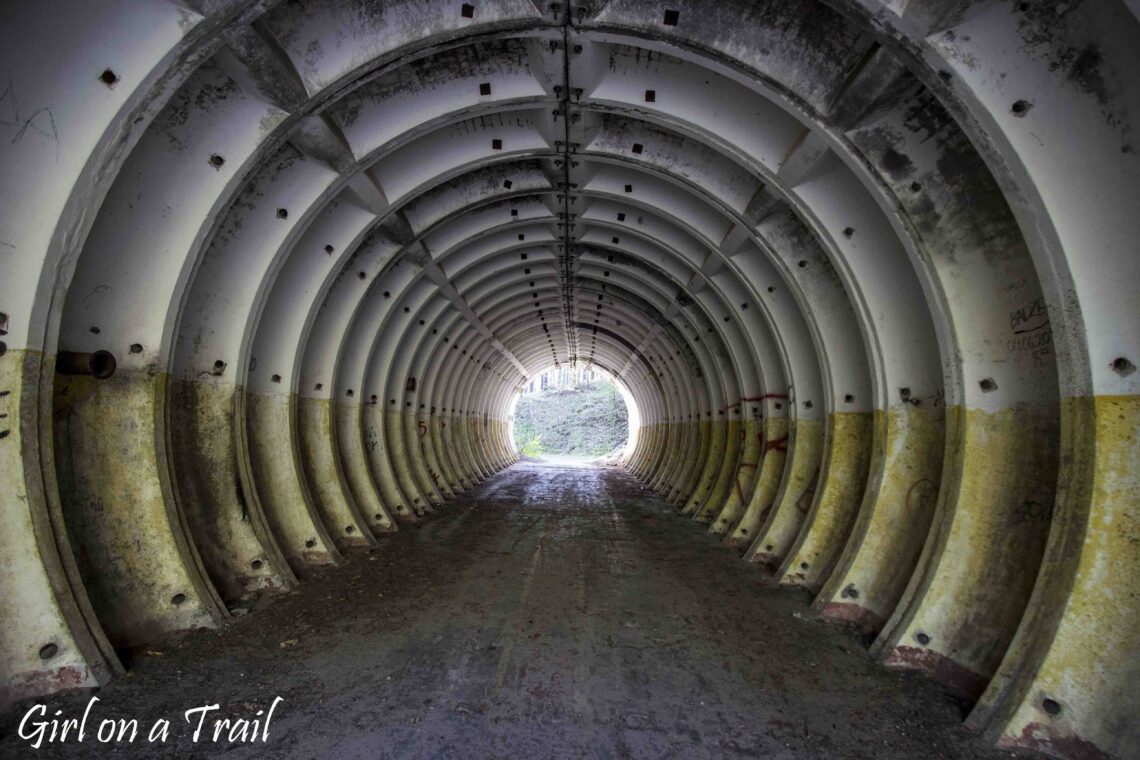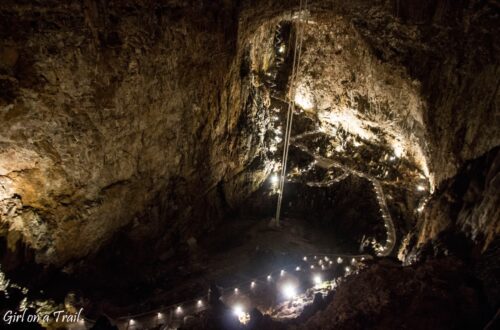-
Rangsdorf Airport – from Operation Valkyrie to Operation Urbex
Rangsdorf Airport, opened on 30th July 1936, just before the Summer Olympics in Berlin, was initially intended to serve passengers arriving for the Olympics. It was a small airport with a grass runway, primarily meant for sport and recreational flights. However, its history quickly took unexpected turns. Wartime Fate of Rangsdorf Airport After the outbreak of World War II, from October 1939 to March 1940, Rangsdorf became Berlin’s main airport. Authorities feared that Tempelhof Airport would be a major target for bombing raids. Ultimately, Tempelhof resumed its function, and Rangsdorf was converted into a military facility used by the Luftwaffe. From 1939 to 1945, the Bücker Flugzeugbau plant operated here,…
-
Monkey Grove and Urbex Adventures in a Sanatorium and Monastery –Fes surroundings
A monkey grove and urbex in a sanatorium and monastery – these three places are located not far from the famous city of Fez. Just a short trip outside the city and you’ll find scenery straight out of a B-movie horror movie, a nature documentary, or… a banana commercial. If you have a penchant for abandoned, strange, and slightly eerie places, and you’re not afraid of meeting a poker-faced monkey, then you absolutely must see these three unique places. Abandoned Tuberculosis Sanatorium – Ben Smim A hidden gem for any urban exploration aficionado, this old TB sanatorium sits deep in the forest near the village of Ben Smim. The road…
-
Car cemetery
Car cemetery had been on my list for some time however I didn’t expect fireworks when I got there. I suspected that this place would be largely looted. Meanwhile, I saw a hundred cars from the 1960’s, 70’s and 80’s in various degrees of disintegration. It’s sad to see all of them slowly rusting and falling into increasing disrepair. Some of them have been dismantled, but there’s still a lot to see. Such a collection must have been a huge treasure in the times of socialism. Many drivers dreamed of such cars back then. The choice is wide: Fiats, Skodas, Syrenas, Mercedes and Opels. Fiat 126p cars lined up neatly…
-
Borne Sulinowo – Officer’s House: Forgotten History
Borne Sulinowo is a town full of mysteries, once difficult to find on the map of Poland. Its existence was a closely guarded secret. The history of this place begins in the years 1933-1939, when the Third Reich started to displace the local inhabitants to build a military base and training ground here. Between 1934 and 1937, the Pomeranian Wall (Pommernsellung) was constructed, which was part of the fortifications on the eastern border of the Third Reich. In the garrison Groß Born, as Borne Sulinowo was called at the time, units of Heinz Guderian’s armoured division were stationed. Guderian was a well-known military theorist and the author of the book…
-
Abandoned chapel – Girl off the Trail
The chapel was built in the early 20th century. At first glance, its appearance suggests it’s a Catholic, but in reality, it belongs to the Mariavites. Mariavitism emerged from the Roman Catholic Church in 1906 and is closer to Orthodoxy Church. Currently, it’s estimated that around 20,000 people in Poland practise this religion. The chapel looks quite modest, similar to wooden constructions often seen in places like the Bieszczady Mountains. However, its discreetness is actually an advantage, allowing it to remain unnoticed. Although a lot of time has passed, the chapel makes an amazing impression. White and blue wooden walls give it a celestial character. Stained glass windows create a…
-
Abandoned psychiatric hospital
The former psychiatric hospital was opened at the beginning of the 20th century. It was established on the initiative of the Warsaw Society for Medical Assistance and Care for the Mentally and Nervously Ill, who purchased and renovated abandoned barracks for this purpose. At that time, it also included a farm that produced vegetables and fruits for the hospital’s needs. Initially, the hospital could accommodate only 24 patients, but over time it expanded to the point where further development was necessary. During World War II, when the siege of Warsaw took place, it was located just on the front line. As a result, it served as a hospital for wounded…
-
The palace with a hidden treasure
The palace was built in the early 20th century. During World War II, it served as a field hospital, and after the war, a school was located there. Unfortunately, only a blackboard and an abacus remained here. Overall, there are no “artifacts” left in the entire building. Despite the fact that the wind is now practically the only thing moving through the corridors, the palace makes an incredible impression. Decorated staircase is particularly spectacular. The columns, arched windows, and ornate stair railings allow you to imagine what this building was like during its heyday. However, in my opinion, it’s the peeling oil paint that creates the unique atmosphere of this…
-
Mysterious Objects in Brzeznica Kolonia – a Nuclear Inferno in Poland?
The forest in Brzeznica-Kolonia at first glance seems to be a peaceful place, ideal for trips and relaxation in nature. However, few people realise that it hides a dark secret from the Cold War era. At that time, the existence of this place was a closely guarded secret, as there was a Soviet military base located here. Under the agreement signed in 1967 between the USSR and the Polish People’s Republic, three nuclear weapon storage facilities were built in Poland. These facilities were constructed as part of a program code-named “the Vistula” which aimed to use tactical nuclear weapons in the event of an attack by NATO countries. The bunkers…
-
Bagger 1473 Excavator – The Blue Wonder of Engineering
The Beginnings of Bagger 1473 Excavator Bagger 1473, a monumental excavator produced by the German company VEB Schwermaschinenbau Lauchhammerwerk, began its work in a lignite surface mine in 1965. For decades, it served in extraction operations, becoming an integral part of the industrial landscape. When it finished its service in 2002, the natural consequence was to send it to the scrapyard. However, thanks to the initiative of local authorities, this giant of engineering was saved. The Second Life of the Excavator Instead of being scrapped, Bagger 1473 was transported 9 kilometres from the mine and placed in an open field. Unfortunately, ongoing decay and numerous acts of vandalism led to…







